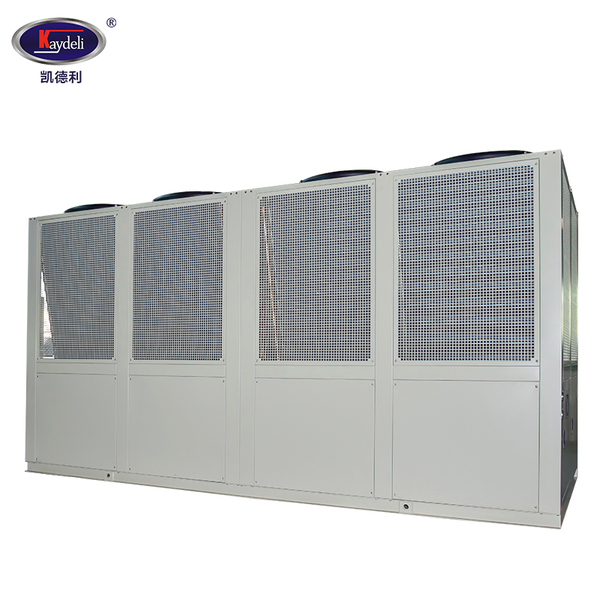We offer you 100% custom-made service Inquiry
Air-cooled chillers have become an integral part of various industries, playing a crucial role in maintaining optimal temperature levels. These machines are designed to remove heat from a process and release it into the surrounding air. In this article, we will delve into the working principles of air-cooled chillers, offering a simplified explanation for better understanding.
Air-cooled chillers consist of a cooling circuit that comprises several key components. The process begins with the chiller's compressor, which compresses the refrigerant gas, raising its pressure and temperature. This high-pressure gas is then transferred to the condenser.
Within the condenser, the hot refrigerant gas is cooled down by the ambient air. A fan blows the outside air over coils containing the refrigerant, causing it to lose heat rapidly. As a result, the refrigerant transforms into a high-pressure liquid. This liquid is then passed through an expansion valve.
The expansion valve controls the flow of the high-pressure liquid refrigerant into the evaporator. Once inside the evaporator, the refrigerant undergoes a phase change, transforming into a low-pressure gas. This phase change process absorbs heat from the process requiring cooling, effectively lowering its temperature.
The cool gas from the evaporator is then drawn into the compressor, starting the cycle again. Meanwhile, the heat extracted from the process is transferred to the refrigerant gas, which is eventually released outside through the condenser. This continuous cycle of heat absorption and dissipation ensures efficient cooling of the process.

One of the primary advantages of air-cooled chillers is their simplicity. These units do not require heavy machineries or external cooling towers, making them compact and easily transportable. With fewer components, their installation and maintenance become more straightforward, saving both time and cost.
As air-cooled chillers do not rely on water sources for cooling, they eliminate the need for water treatment and piping systems. This significantly reduces operational costs associated with water usage, making air-cooled chillers a more economical choice in the long run.
Air-cooled chillers are versatile in their application, allowing them to be used in various industries. Their ease of installation and mobility make them suitable for both permanent and temporary cooling solutions. Additionally, they can operate in extremely high or low ambient temperatures, offering reliable cooling in any environment.
Understanding the working principles of air-cooled chillers not only offers valuable insights into their operational intricacies but also highlights their profound significance. With a firm grasp of the fundamentals, both industry professionals and enthusiasts can fully appreciate how Kaydeli's innovative technology maintains optimal temperature levels efficiently and conveniently.
Choose Kaydeli for cutting-edge solutions that redefine temperature control, and experience the advantages of air-cooled chillers that stand as a testament to our commitment to excellence.
By continuing to use the site you agree to our privacy policy Terms and Conditions.